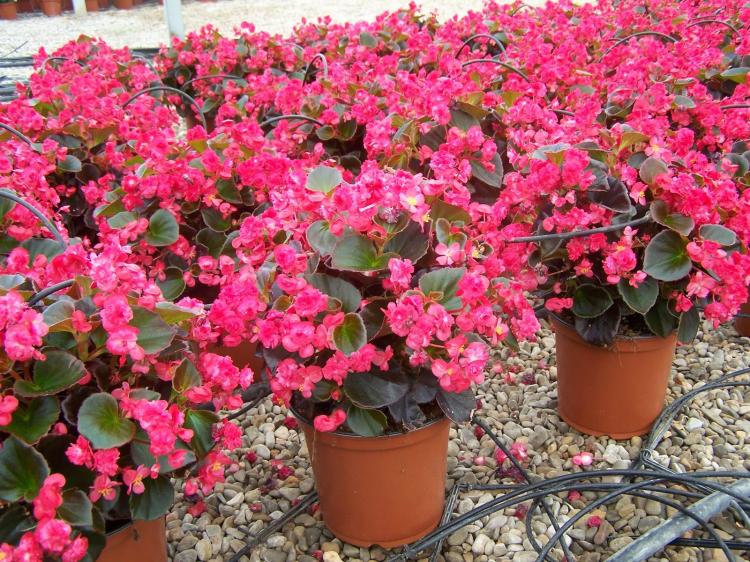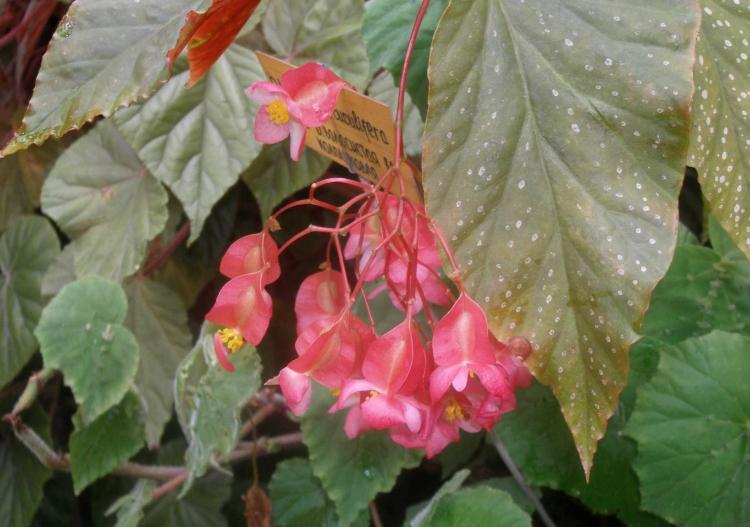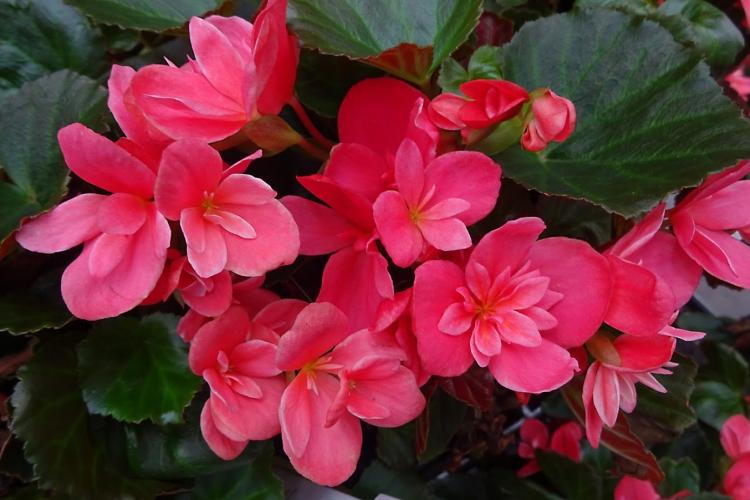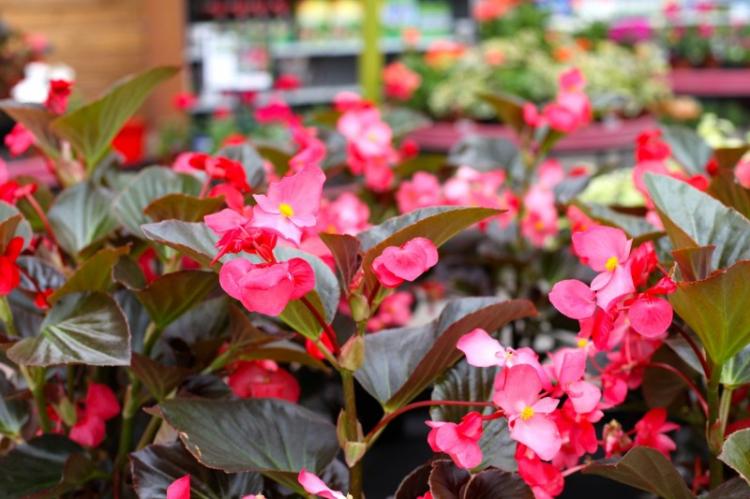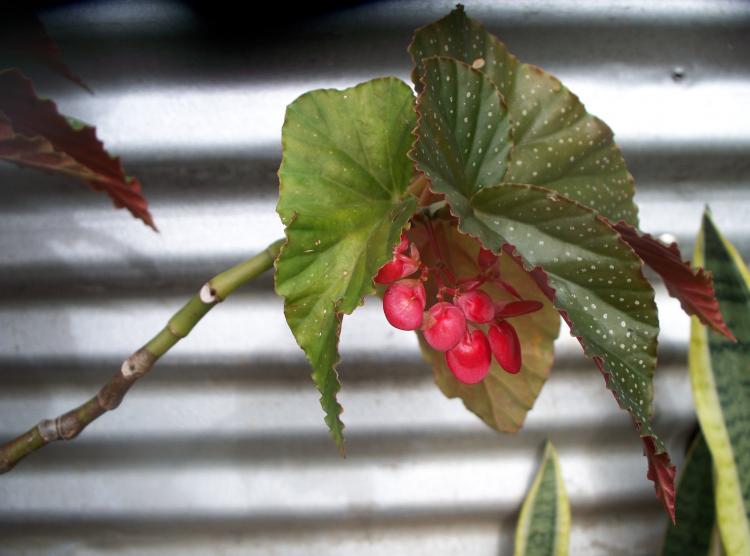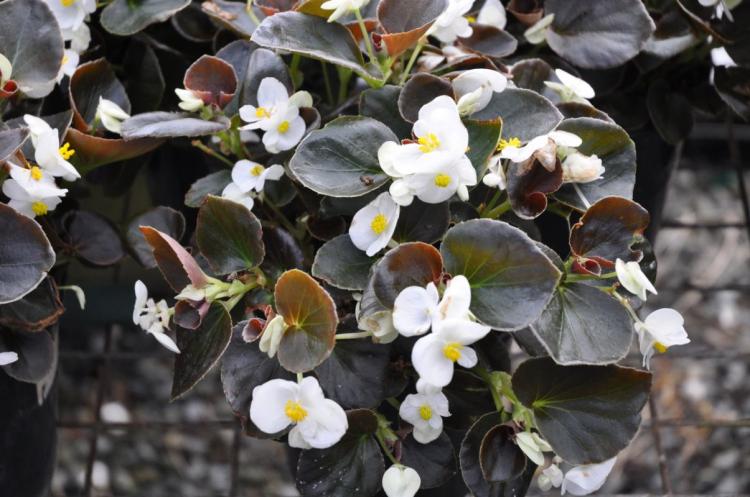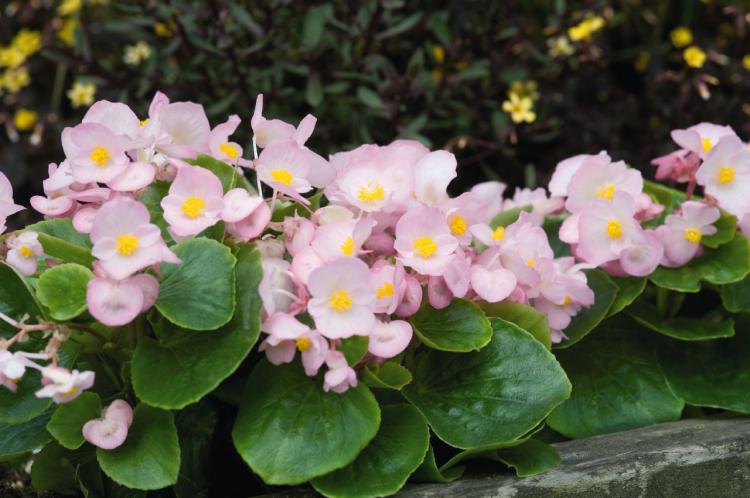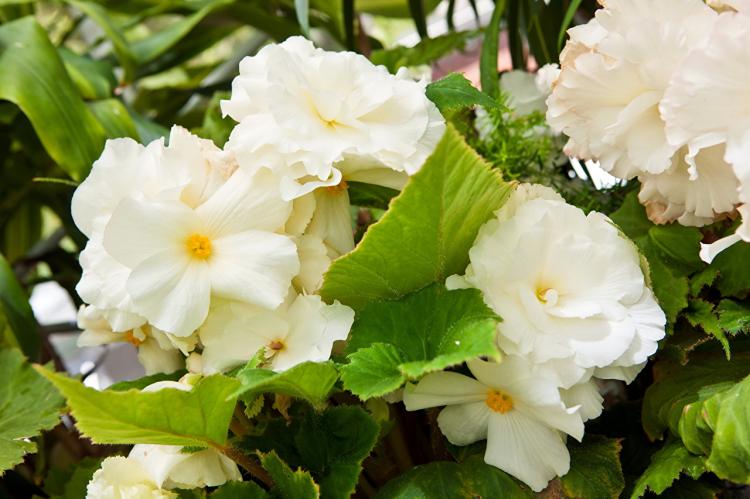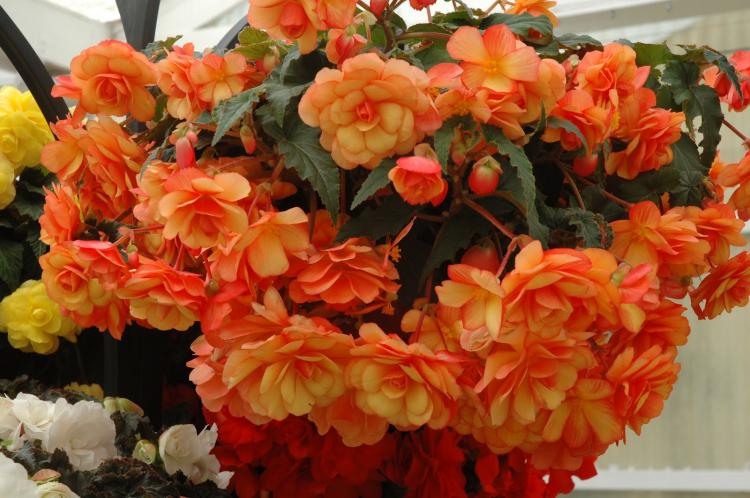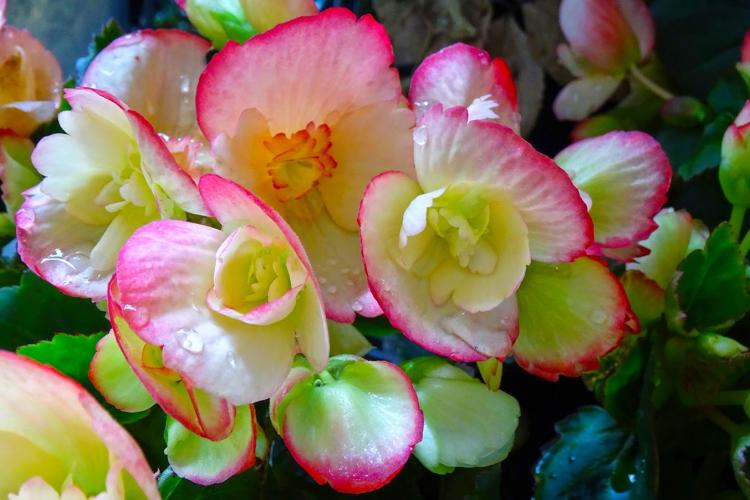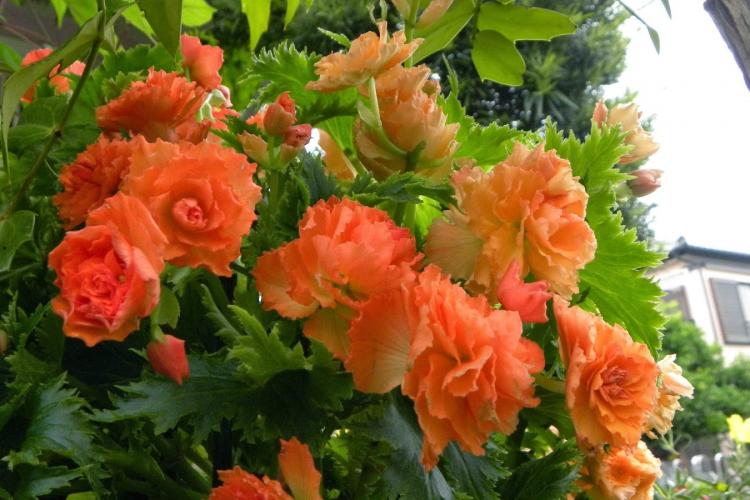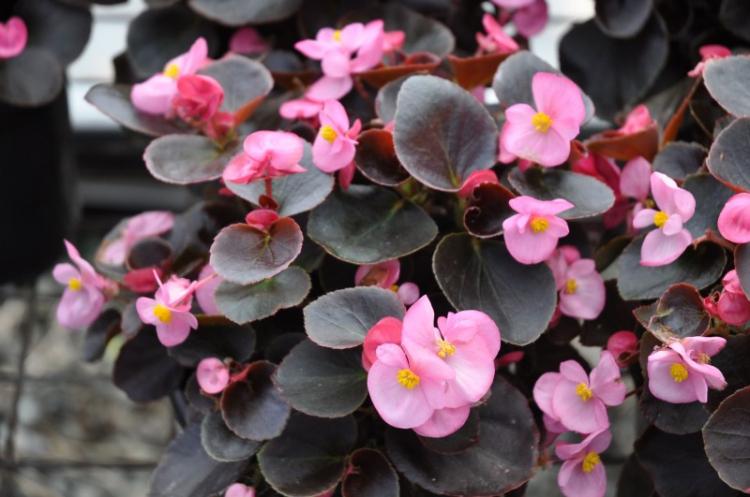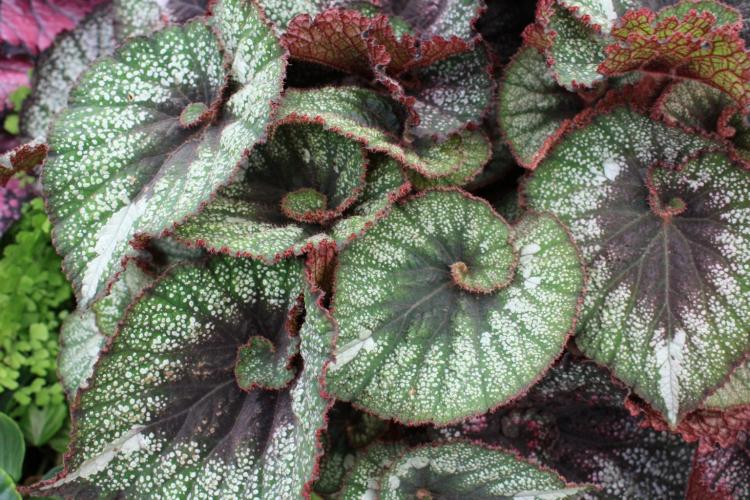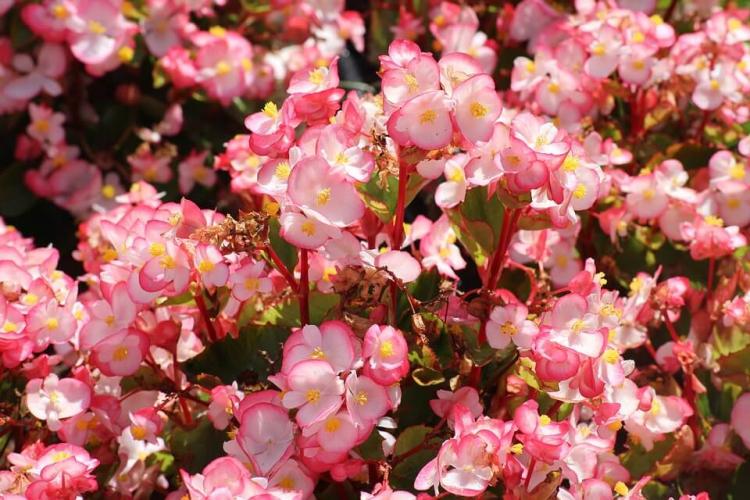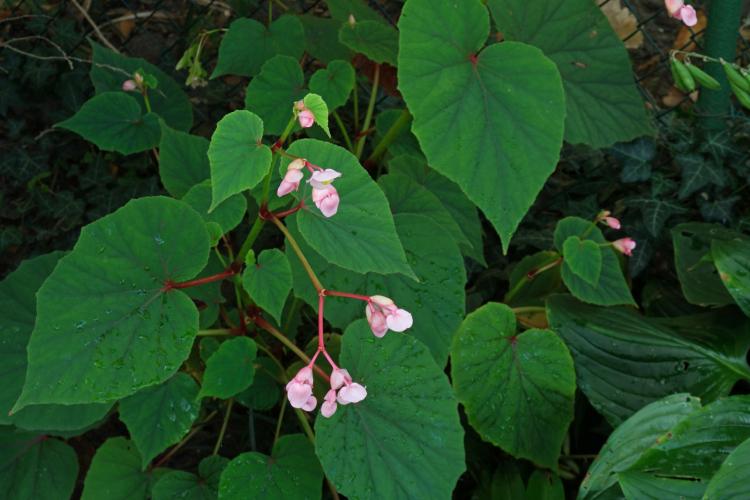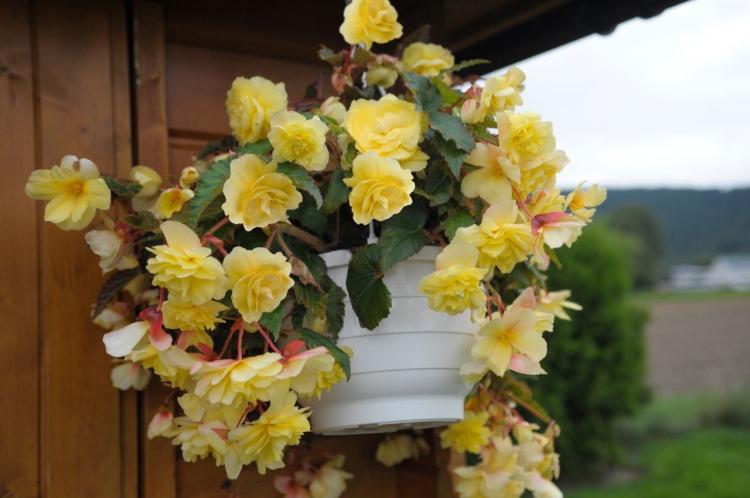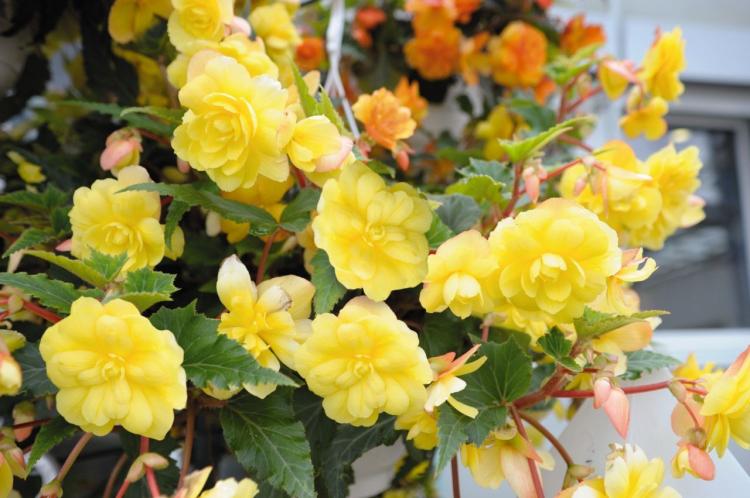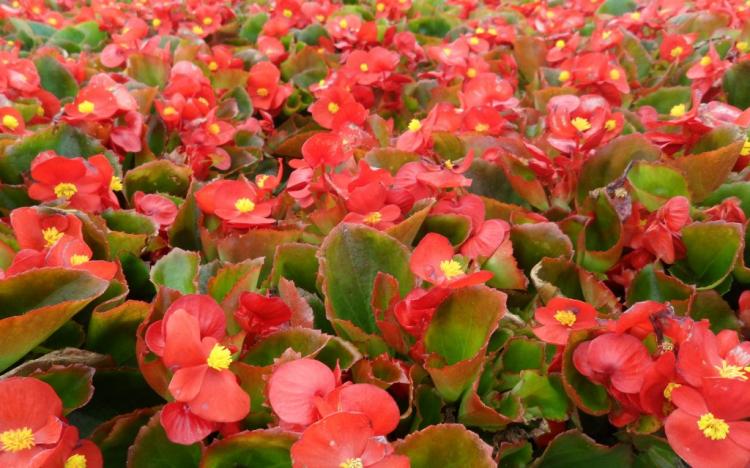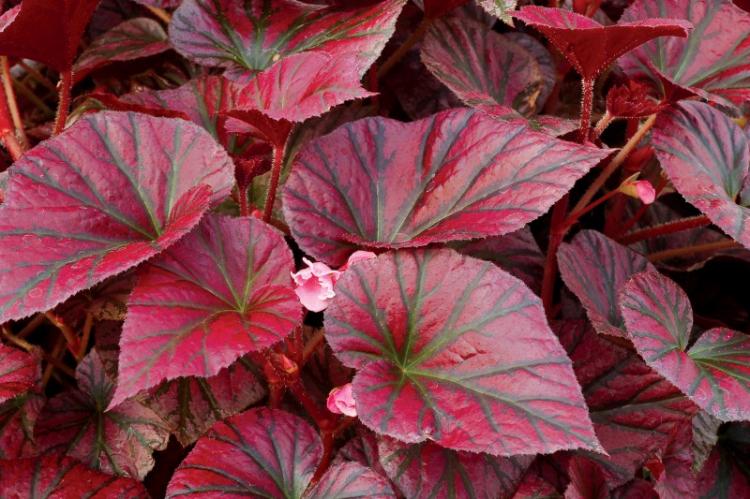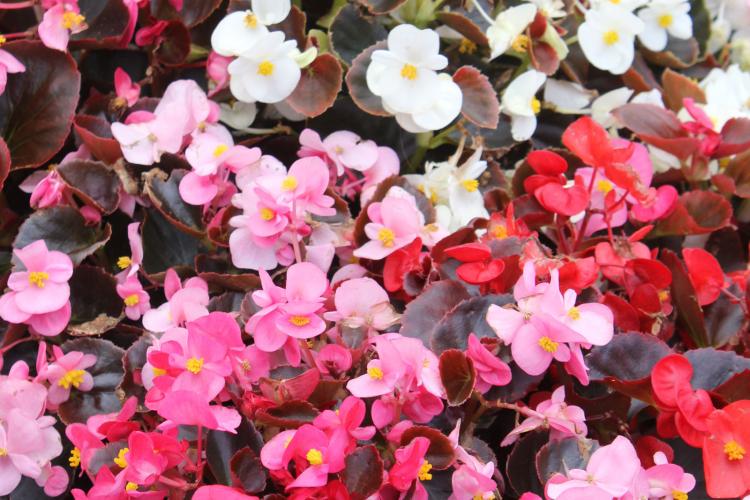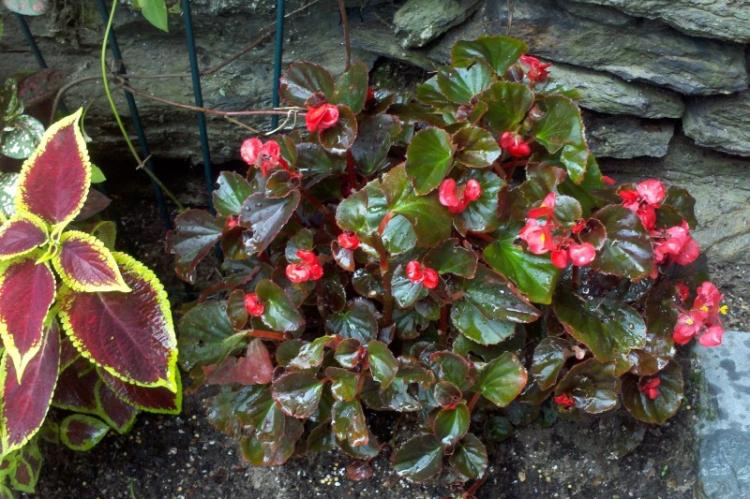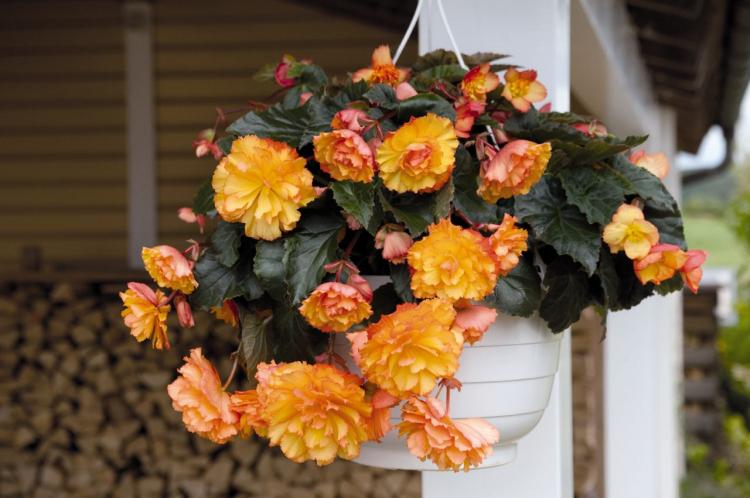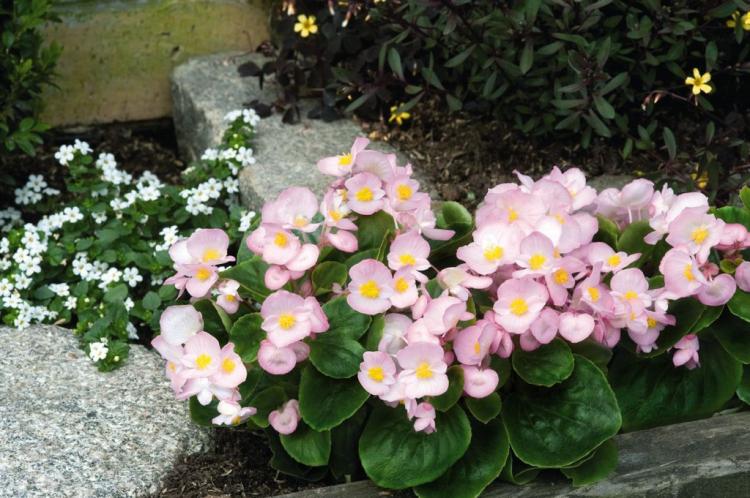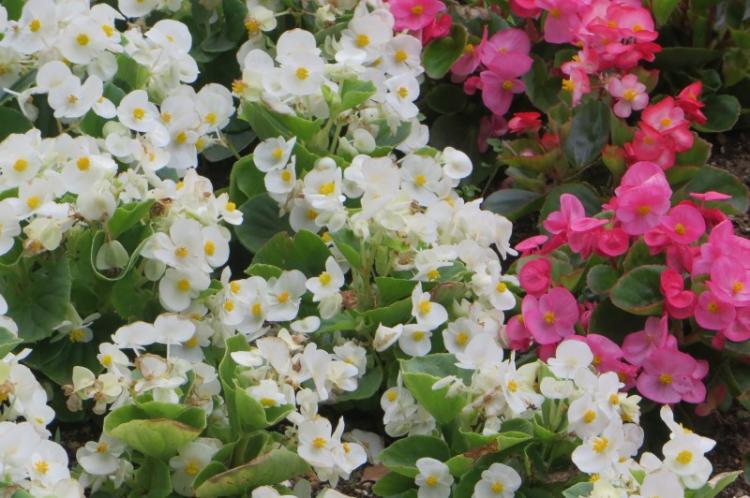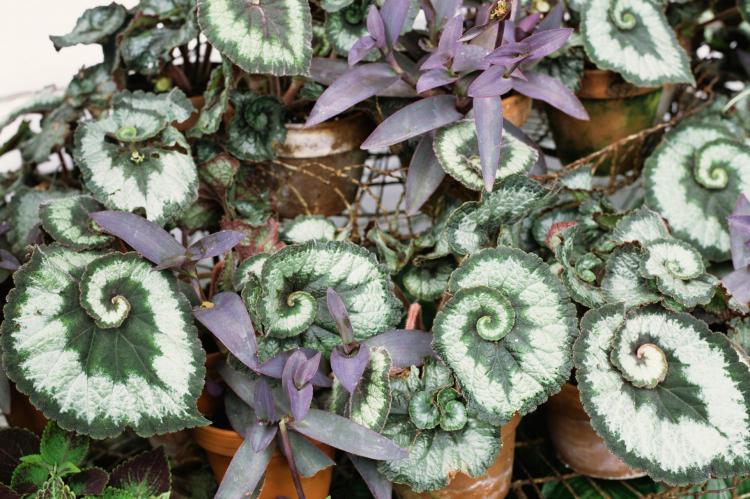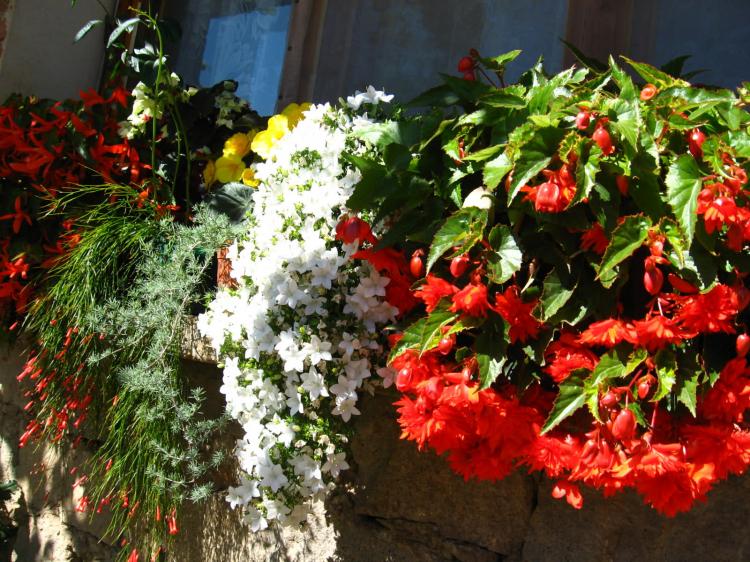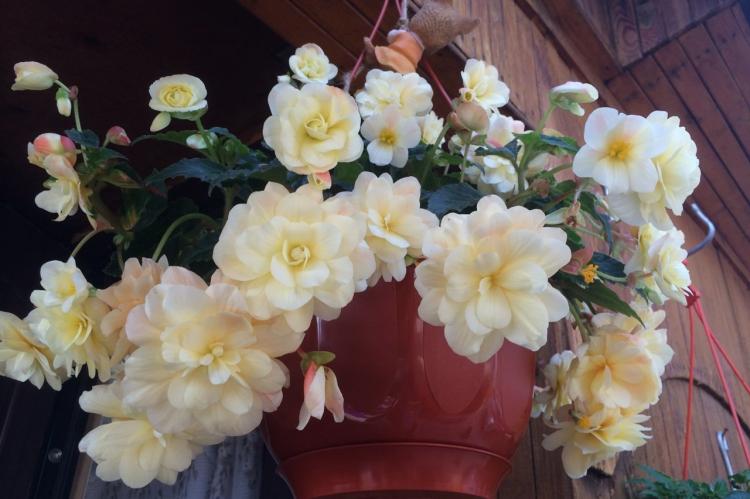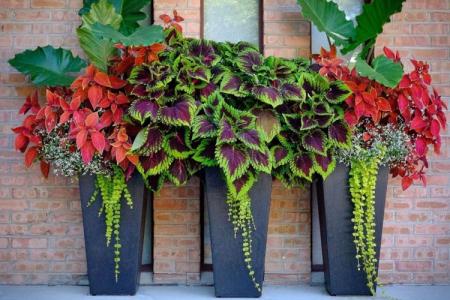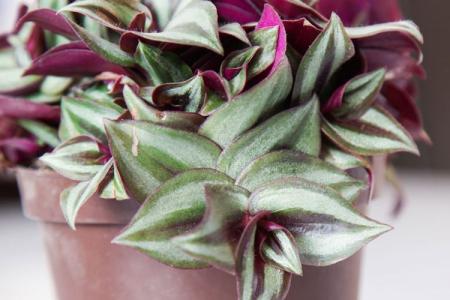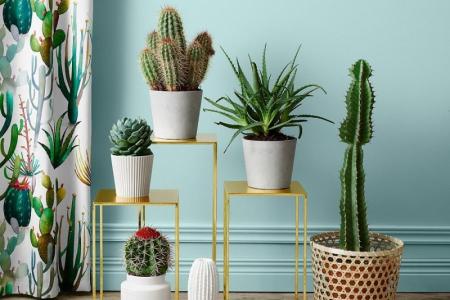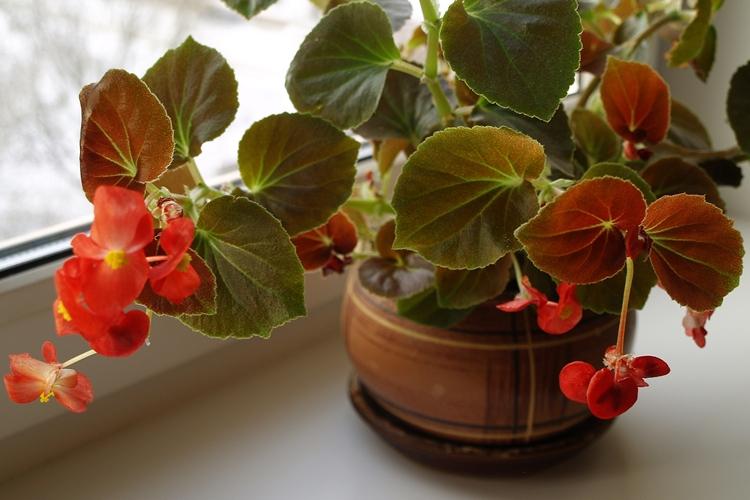
Begonia is one of the most spectacular and graceful houseplants. Her flowers are like porcelain, having seen them once, it is difficult to confuse them with something else. It is planted in flower beds, parks, gardens and squares. There are about 1000 varieties of begonias in the world and several times more hybrid varieties. There are no two identical flowerpots, each of them is very individual.
general characteristics
Begonia got its name in honor of Michel Begon, a famous botanist and intendant of the French fleet. This is an extensive and diverse family, therefore the varieties differ significantly from each other: herbaceous and bushy, semi-bushy, creeping, tuberous, annual and perennial.
Separately, there are decorative species, notable for large bright flowers. And separately - deciduous, with rich bright foliage in saturated shades.
The stems of the bushy varieties resemble bamboo. They are resilient and upright. In creeping begonias, they are thin and flexible. In rhizomes, they are thick and mundane. In the gardens, flowering begonias are mainly grown.

Types of begonias
There is no single generally accepted classification of begonias. They are divided by their appearance, by the type of rhizome, by the type of stems, by their growth in pots or open ground.
Royal begonia
The leafy variety native to India is considered one of the most beautiful among all the hundreds and thousands of varieties. It's all about the spectacular leaves of an unusual color: crimson, bronze, purple-scarlet. Their size reaches 20x30 cm.
The surface is mottled, with veins and complex transitions. There are hybrid forms with almost black plates. But the flowers of the Royal begonia are unremarkable. They are small and rather inconspicuous.
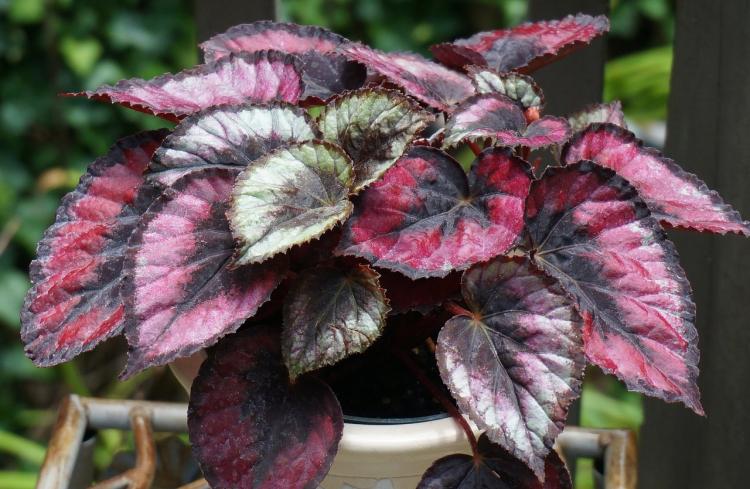
Caroline begonia
This is one of the most unusual and at the same time the most domestic varieties, he came from Mexico. Wide creeping shoots are covered with original finger-dissected elongated leaves with jagged edges and pronounced veins.
Flowers are collected in loose inflorescences. They are rather pale, pinkish-green, but look very interesting against the background of rich foliage.

Tiger begonia
The Mexican variety gets its name from the characteristic color of the leaves. The plates themselves are pale green, but dark stripes radiate from the veins.
Tiger begonia is a short shrub with creeping stems. It is absolutely decorative and almost never occurs in the wild.
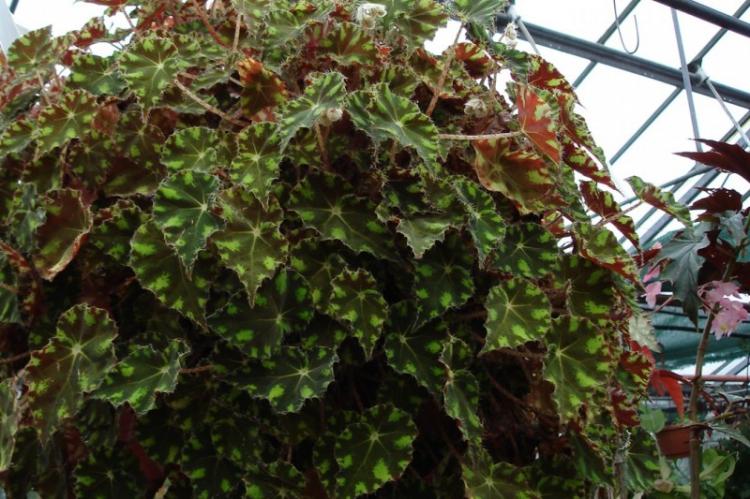
Coral begonia
The species got its name for the delicate coral shade of peduncles and inflorescences collected in a brush. This is a Brazilian shrub that, under favorable conditions, can grow up to a meter. Shoots are tough and erect.
The front side of the leaves is dark with silvery spots, and the back is pale. The plate itself is of an elongated pointed shape.
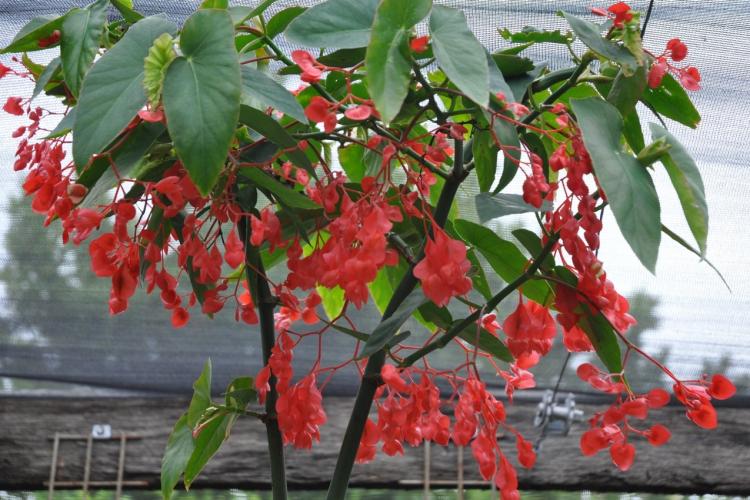
Eternal begonia
This is the most popular garden variety of begonias in the form of a neat small bush up to half a meter. The plant acquires this shape over time. Young shoots are erect.
The leaves are round, dense, bright and with a little downy. Most often they are dark deep green, but sometimes they are pale and reddish.
Depending on the variety, the flowers can be regular or double. They wither quickly, but are almost instantly replaced by new ones, so such begonia can bloom all year round.
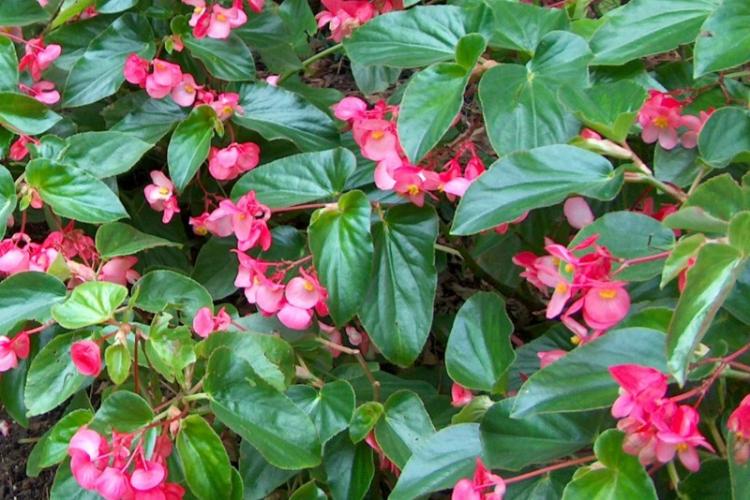
Ampel begonia
Ampel begonia is the queen of arches, balconies and terraces. It grows in picturesque hanging cascades and is grown in baskets or pots.
Color shades - almost any, in white-red-yellow tones. They can be of different sizes and textures, from smooth to densely doubled.
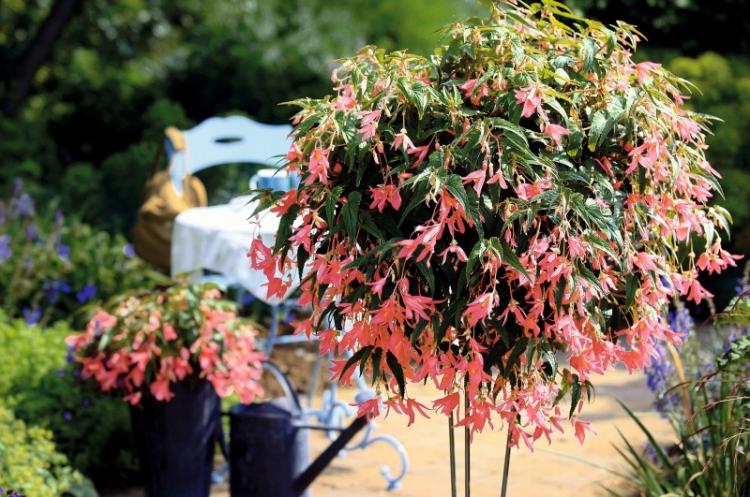
Begonia Elatior
It is a gentle and graceful hybrid ideal for home seedlings. It pleases with abundant and frequent flowering, compact size and neat bush appearance.
Small, up to 8 cm, heart-shaped leaves grow on fleshy shoots.Their front side is shiny, and the back is matte, almost velvety.
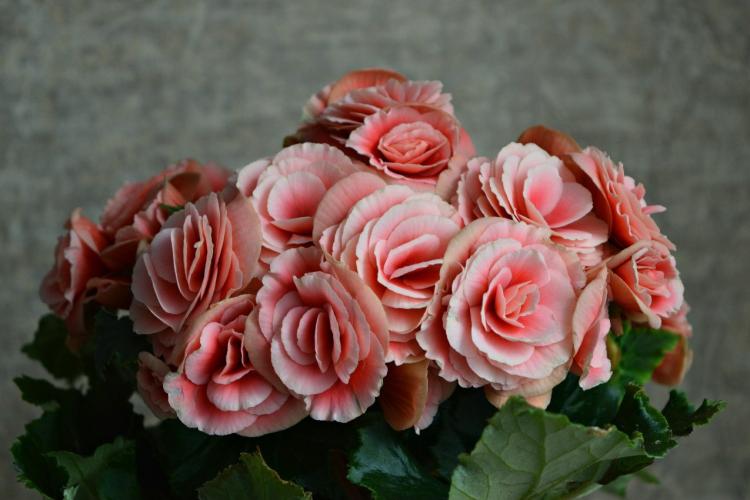
Begonia care
Begonia is quite unpretentious, but it needs stability. This is the only way the flower really opens up in all its glory. Flowering varieties can delight with a riot of colors throughout the year. And lush and lush deciduous species look luxurious in green corners.
Temperature
Begonia is a thermophilic plant. In summer, she feels best at a temperature of 20-23 degrees. In winter, do not allow hypothermia below 15-16.
Due to the love of the tropical climate, flowers need moisture. But it is not recommended to spray the leaves. From this they deteriorate and go in spots.
Use a humidifier or an additional tray covered with wet expanded clay. So the begonias will have enough moisture, and the root system will remain safe.
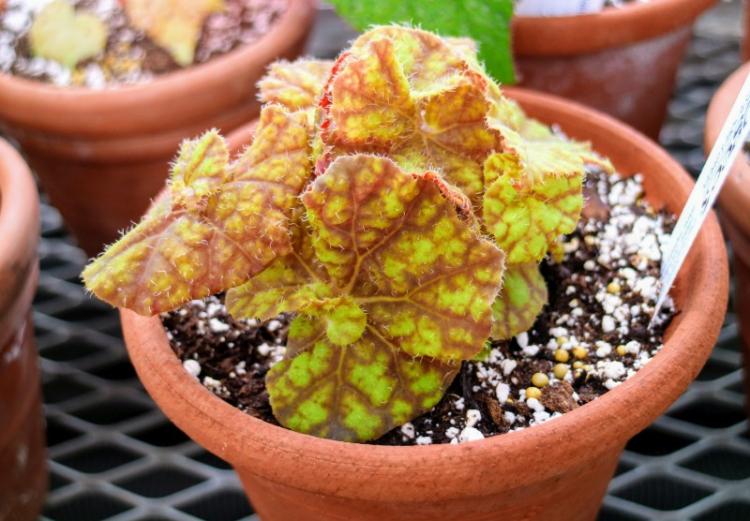
Lighting
The more sunlight the better. Especially for brightly flowering species. But remember that begonia leaves are delicate. Shade them from too aggressive direct rays.
But deciduous varieties are not so demanding - they have enough diffused light near the eastern or western windows.
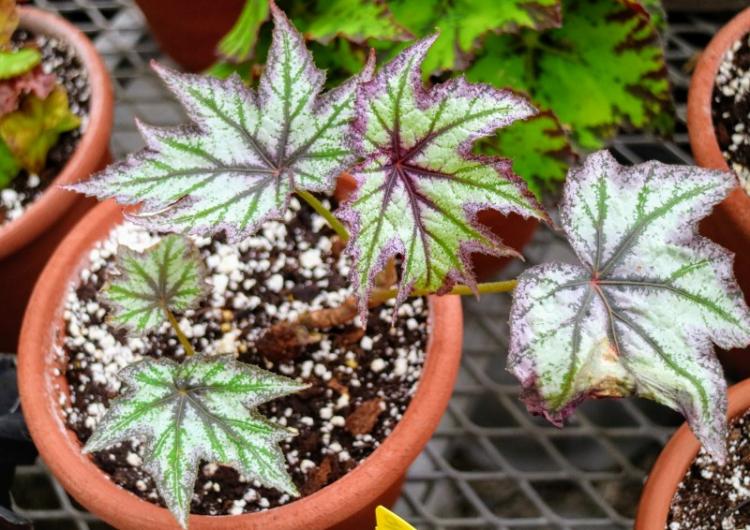
Watering
Begonia needs abundant watering. Especially in the hot summer. But do not let the water stagnate: it is better more often, but less. Wait until the topsoil is dry before watering again. Use only settled water.
In winter, begonia is dormant, so watering is reduced. And tuberous varieties go into hibernation altogether. They need to be placed in peat and no longer touched at all.
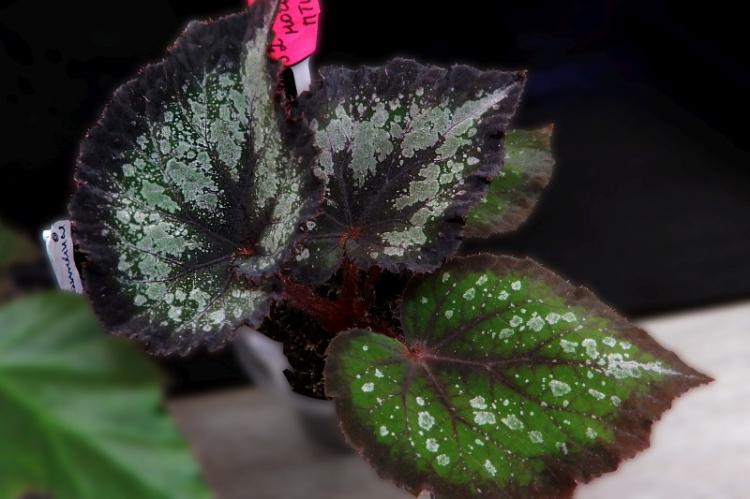
Fertilizers and feeding
Fertilizing is necessary when the begonia has already bloomed. It takes a lot of resources to maintain such beauty. Use additives and impurities every 2 weeks after the first flowers appear. Just keep in mind that mixtures with nitrogen are only suitable for deciduous species.
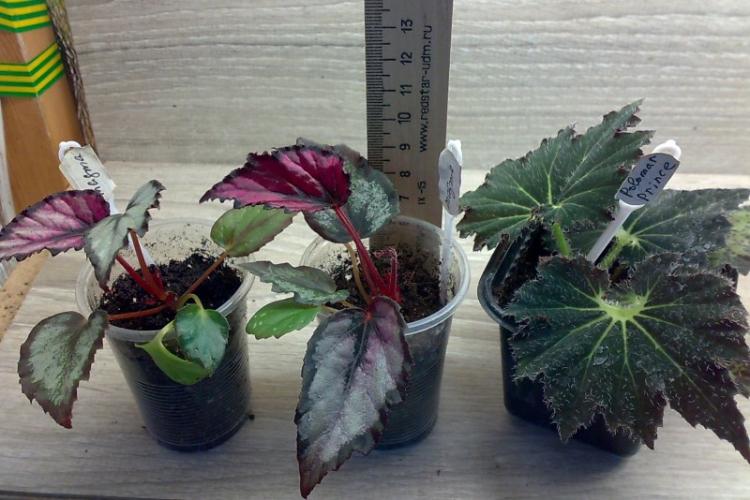
Pruning
To form a lush crown, begonias need to be pruned periodically. Start at the young flower stage. Just cut the top off periodically, this stimulates the growth of the lateral branches.
In the future, repeat the procedure as needed. Only prune dry or overgrown stems. If you want, the crown of the begonia can be formed - then the pruning is done based on the desired result.
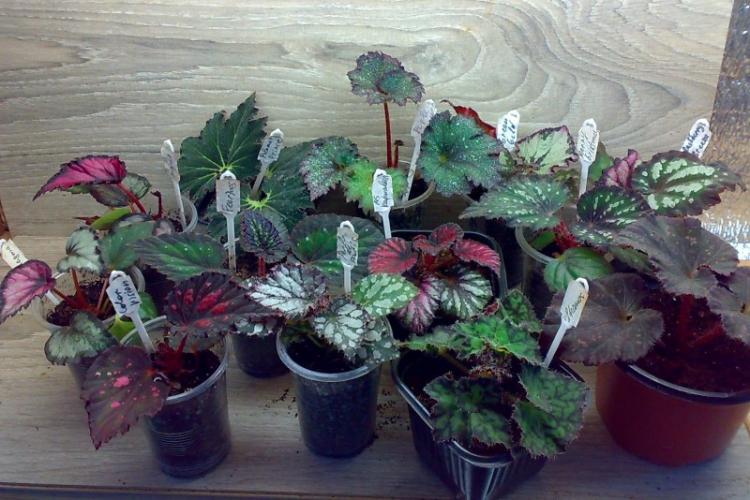
Planting and breeding
Begonia propagates by all standard methods: division, cuttings and stems. But different species have their own nuances. Be sure to check them out in advance, otherwise the begonia will not bloom.
The easiest way is with tuberous varieties. It is enough to cut, divide and transplant the tubers into a sandy mixture in February-May. Just keep in mind that they germinate and take root slowly.
Any soil mixture for deciduous plants is suitable for planting begonias. In this matter, she is not demanding. There is no need for a regular transplant. This should be done as the flower grows so that the root system is comfortable in the flowerpot.
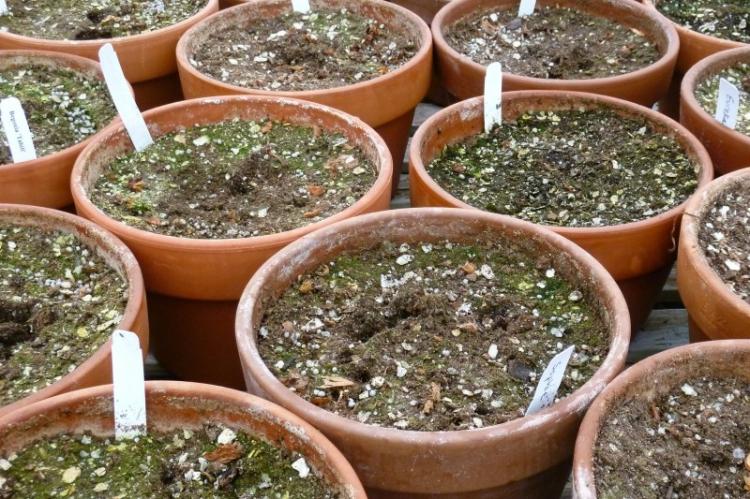
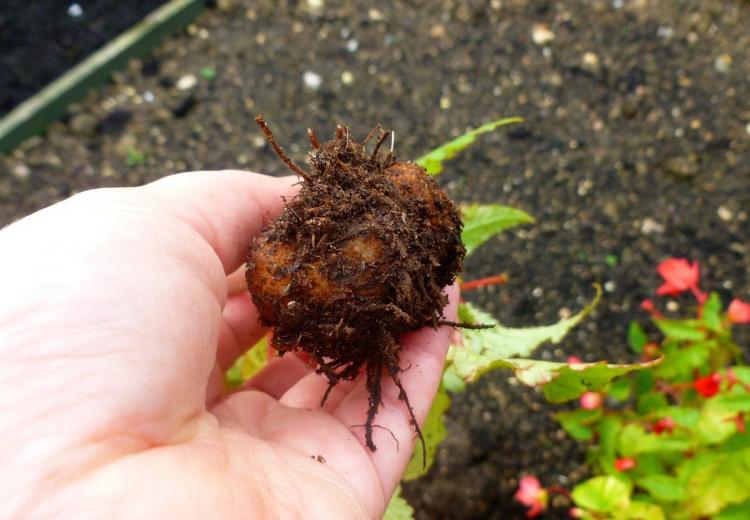
Pest and disease control
The set of typical begonia problems is standard for deciduous flowering plants.
- Excess moisture causes fungal diseases and powdery mildew. Check the core of the bush, usually the problem starts from there. For treatment, remove all damaged fragments, reduce watering and treat the flower with antifungal drugs;
- The most common parasites are aphids and spider mites. Use classic insecticides to combat them;
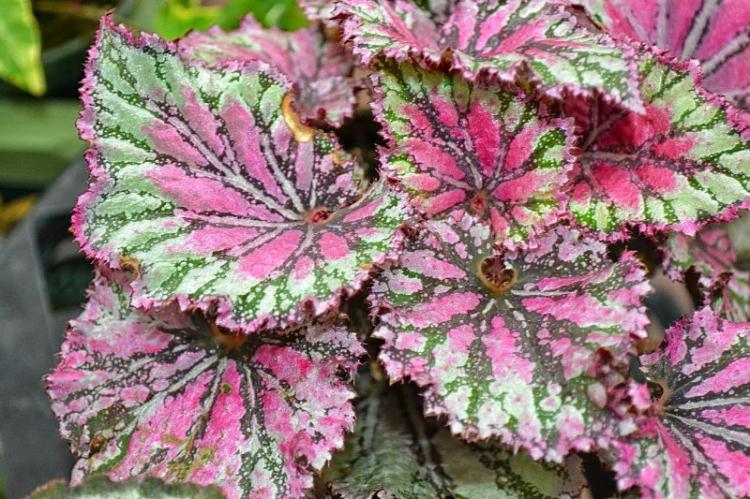
- If the begonia does not bloom or the buds fall off, it is most likely cold, windy, or lacking in light. Try to change the place and not be zealous with feeding;
- Yellowing leaves - means that begonias do not have enough moisture or fertilizer. Sometimes it is a symptom of pests that destroy the roots. Then you need to clean the rhizome, disinfect it with potassium permanganate and transplant the flower into new soil.
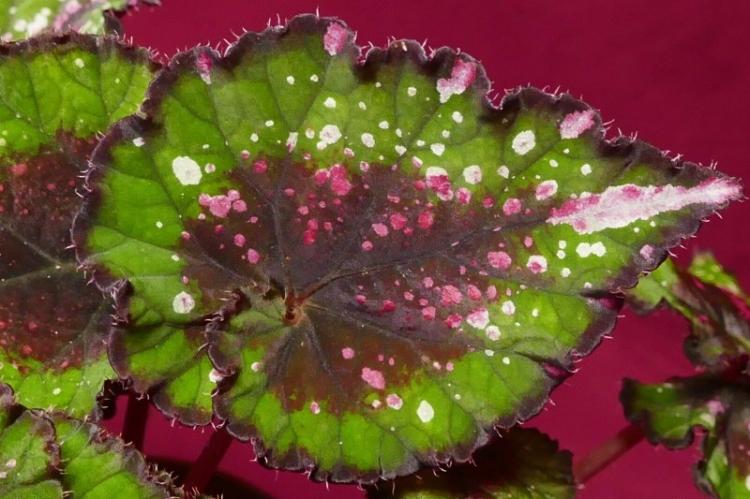
Begonia - photo
A few photos are unable to convey all the beauty and variety of begonias. But we have put together this collection for inspiration and are happy to share it with you!
